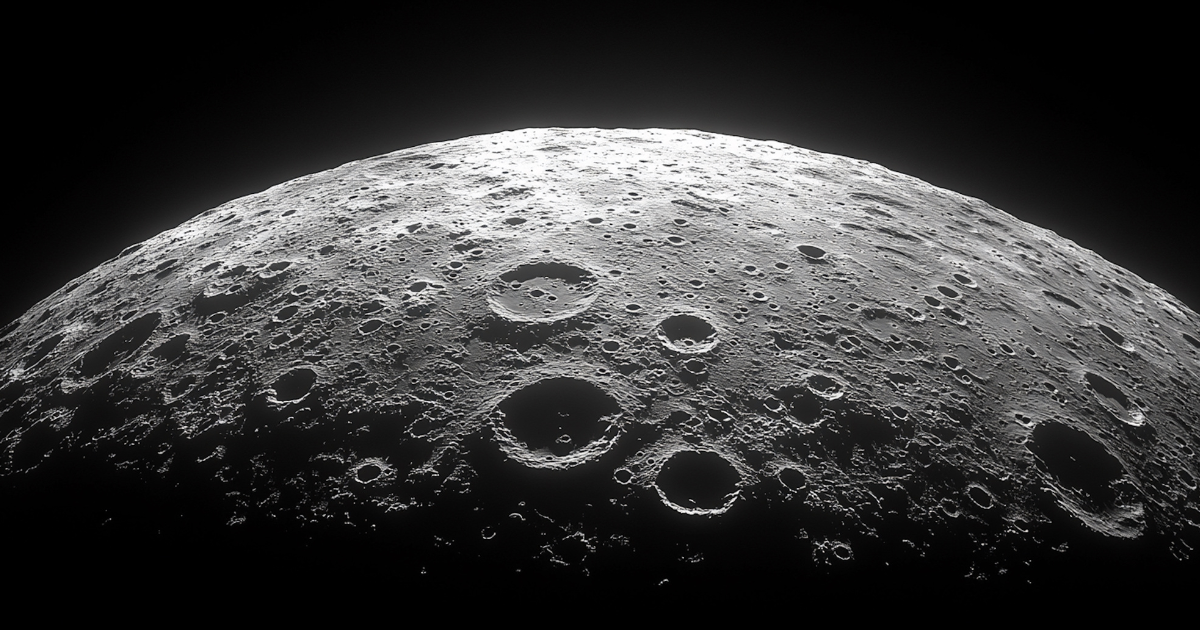
The moon that orbits the Earth is a rocky one, without volcanic activity.
At least, that’s what most experts thought until 2014, when NASA’s Lunar Reconnaissance Orbiter found distinctive rock deposits that led some experts to wonder if that is not the case.
They looked at the data and found that it suggested that the moon may have had active volcanoes as recently as 100 million years ago, which is much more recent than had been previously believed.
In 2020, China’s Chang’e 5 lunar mission brought back the first samples from the moon since the 1970’s. Scientists have been analyzing these samples since then, and they believe that what they found is the first physical confirmation of relatively recent volcanic activity.
Specifically, the lunar lander brought back about 3000 glass beads from the moon. Of those beads, three of them appear to have been created by volcanic activity.
The rest were from asteroid impacts.
The researchers published a paper in the journal Science that goes over the evidence for this, and its implications. Lancaster University professor Lionel Wilson commented on the paper in a piece for The Conversation, saying:
“These three glassy droplets are the first physical evidence we have for anomalously recent volcanic activity on the Moon. these findings could prompt a major revision in our understanding of how the Moon developed.”
These findings will undoubtedly prompt many future studies to help lunar geologists better understand how the moon formed, and how it is continuing to evolve.
With many future missions to the moon being planned, including some manned missions, it is clear that there is still a lot we need to learn about our moon.
Active volcanoes on the moon sound amazing.
If you thought that was interesting, you might like to read about a second giant hole has opened up on the sun’s surface. Here’s what it means.